 While nutrition bars can be part of a busy, healthy lifestyle, there are a few good reasons they're not stocked next to the kale and blueberries at your grocery store. Many are made with cheap, low-quality ingredients and are hiding tons of sugar and additives that can cause digestive distress and prevent absorption of important nutrients.
While nutrition bars can be part of a busy, healthy lifestyle, there are a few good reasons they're not stocked next to the kale and blueberries at your grocery store. Many are made with cheap, low-quality ingredients and are hiding tons of sugar and additives that can cause digestive distress and prevent absorption of important nutrients.To help you avoid those and grab the healthiest one the next time you really need portable protein, we asked Hundt to help us evaluate close to 40 of the most popular bars on the market, based on ingredient lists, nutrient balance, sugar content, and more.
The Five Best Nutrition Bars
 1. Health Warrior Dark Chocolate Coconut Sea Salt Protein Bar
1. Health Warrior Dark Chocolate Coconut Sea Salt Protein BarSuperfood chia seeds are the protein powerhouse ingredient in this bar, and many of its other clean, whole-food, plant-based ingredients are organic. It has 10g of protein and 5g of fiber to balance out the sugar, plus an omega 3 boost you’ll get from the chia. This is great for people who want something that’s crunchy and slightly sweet for a snack (and for vegans!). It’s delicious and well-balanced in terms of the ingredients. www.healthwarrior.com
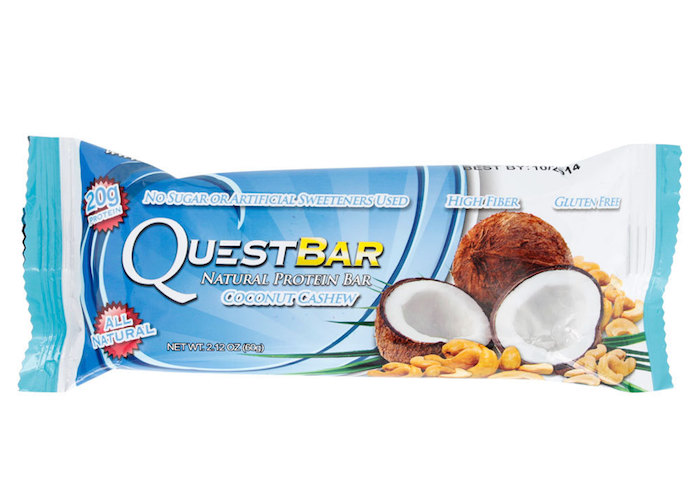 2. Quest Coconut Cashew
2. Quest Coconut CashewThe great thing about Quest is just the high fiber and protein content, 17g and 20g, respectively, packed into just 170 calories. Quality ingredients like almonds, coconut, sea salt, and whey protein isolate also satisfy other nutrition requirements, although they’re not organic. One note: do steer clear of Quest’s bars that contain sucralose, like the popular Cookies & Cream. www.questnutrition.com
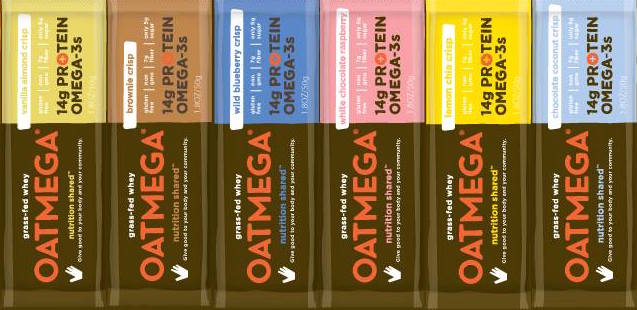 3. Oatmega Chocolate Coconut Crisp
3. Oatmega Chocolate Coconut CrispThis Austin-based brand offers tasty, low-sugar, gluten-free bars made with mostly organic ingredients and whey protein from grass-fed cows. This chocolatey one has 14g of protein, 7g of fiber, and added fish oil (that you don’t taste!) for the essential fatty acids. www.givebar.com
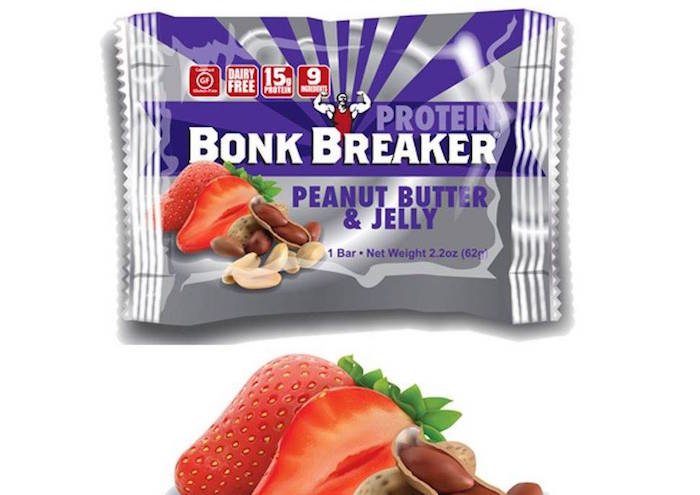 4. Bonk Breaker Peanut Butter & Jelly Protein
4. Bonk Breaker Peanut Butter & Jelly ProteinOne of the things that athletes eat during long endurance events is peanut butter and jelly sandwiches, and this bar tastes almost like the real deal. Recommended for right after a really tough workout (or during a super long bike ride), because of its higher sugar content. It comes with natural ingredients and 15g of protein and tastes fantastic. www.bonkbreaker.com
 5. Epic Bison Bacon Cranberry
5. Epic Bison Bacon CranberryPerfect for a Paleo eater (who loves jerky), Epic’s bars have only a few ingredients and are literally meaty. This one comes with 11g of protein from nutrient-dense, lean, organic, grass-fed bison meat and uncured bacon, and the only sugar is from dried cranberries. It’s very clean, and sodium can be helpful after a workout to refuel lost electrolytes. (Just be warned: if you're not into chewy hunks of meat, it's not for you.) www.epicbar.com
Five Worst Nutrition Bars
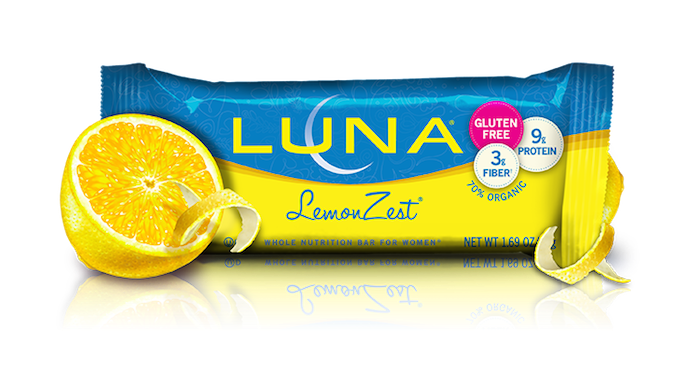 1. Luna Bar Lemon Zest
1. Luna Bar Lemon ZestThis "bar for women" has more sugar than both protein or fiber and is filled with processed soy in many forms. While some of those are organic, the very first ingredient listed (which means it makes up the highest percentage of the bar) is ultra-processed “soy rice crisps” made with non-organic soy protein isolate, AKA likely GMO soy drenched in pesticides. It also contains “natural flavor” which can disguise many unhealthy additives you don’t want. Let's be clear: they’re just using really cheap ingredients. www.lunabar.com
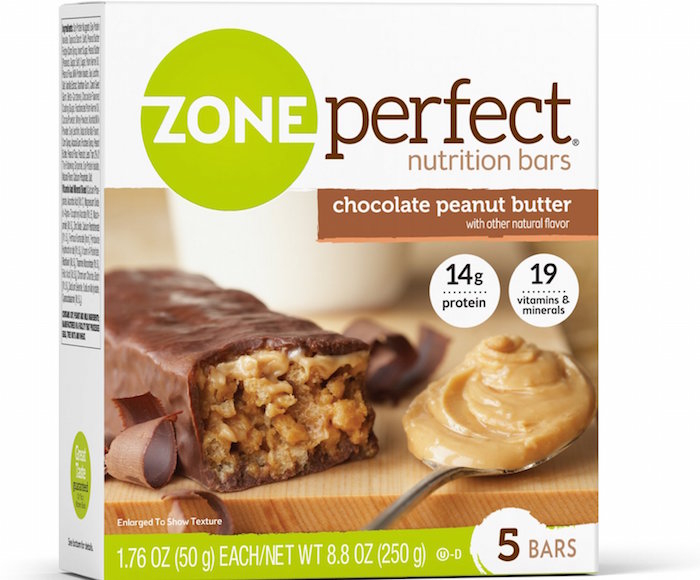 2. ZonePerfect Chocolate Peanut Butter
2. ZonePerfect Chocolate Peanut ButterWhen corn syrup is listed twice on an ingredient list -- in addition to sugar -- take that as a warning sign. This is another bar where you can tell the company is using super cheap ingredients, and non-organic, processed soy is the very first one. And then so many synthetic vitamins are added; you don’t need or want this. www.zoneperfect.com
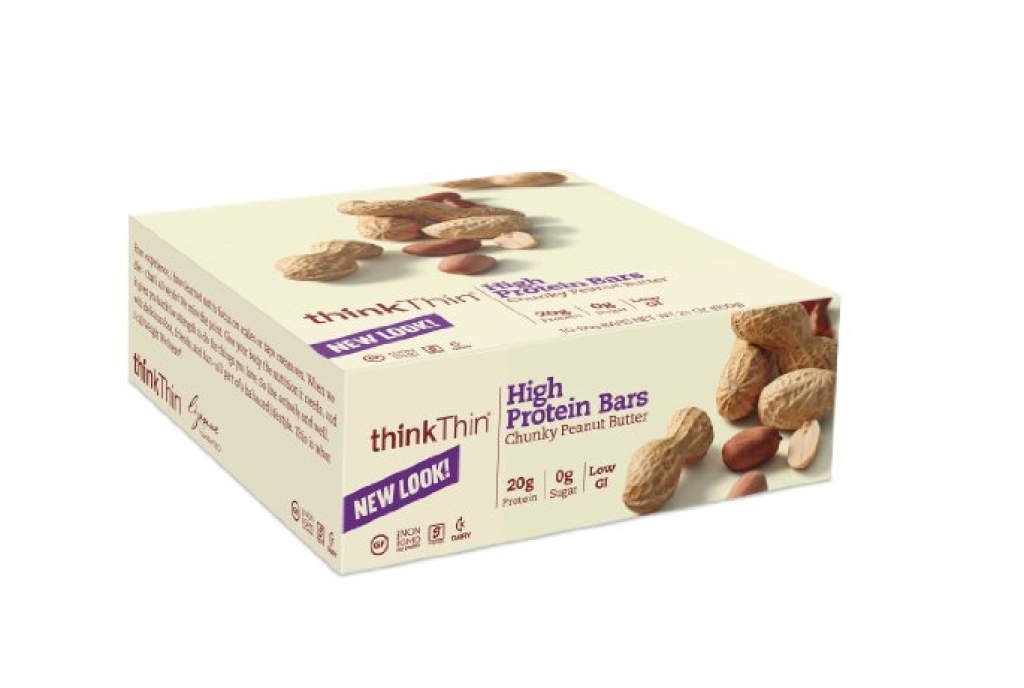 3. ThinkThin High Protein Bar Chunky Peanut Butter
3. ThinkThin High Protein Bar Chunky Peanut ButterTwenty gram of protein is a great number, but not when that protein is from cheap, processed sources and paired with canola oil and "natural" flavors. Also, "caseinate" ingredients (calcium caseinate, sodium caseinate), can actually suppress mineral absorption, Hundt says, and while the 0g of sugar may intrigue you, the sugar alcohols used to sweeten this bar may do a number on your gut, making you gassy, and giving you diarrhea. Think "no, thanks." www.thinkproducts.com
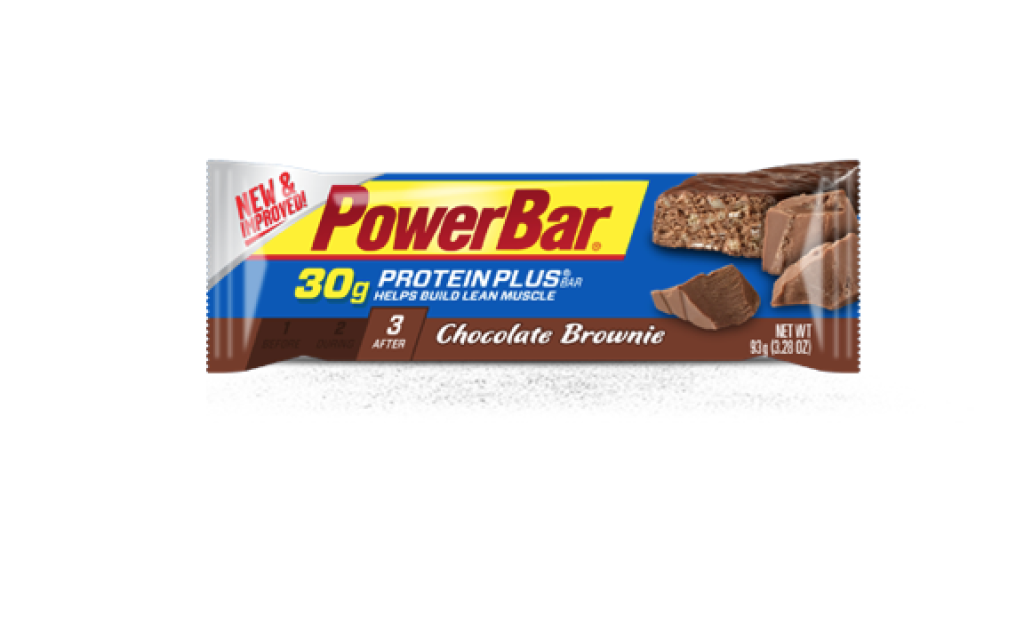 4. PowerBar ProteinPlus Chocolate Brownie
4. PowerBar ProteinPlus Chocolate BrownieLet's call this bar “syrup, syrup, syrup” for its whopping 27g of sugar from a variety of sweeteners like cane invert syrup, fructose syrup, and malitol syrup. It’s also got lots of processed, non-organic soy, a combination that's not likely to power you through any workout (or towards long-term health). It’s going to cause you some digestive issues, for sure. www.powerbar.com
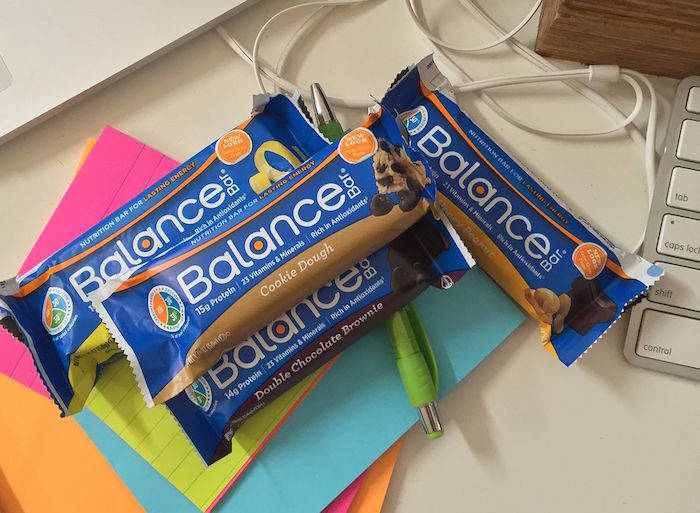 5. Balance Bar Cookie Dough
5. Balance Bar Cookie DoughYou really don't need to add vitamins unless you’re trying to cover up the low-quality ingredients - here is another example of a syrupy, fructose-laden, processed-GMO-soy bar, but boasts its "23 vitamins and minerals" to entice you. What your body will definitely absorb: tons of unhealthy oils and sugar. www.balance.com
 Bonus Good-For-You Snack Bars!
Bonus Good-For-You Snack Bars!These three runner-up picks are less substantial, so they won’t necessarily fill you up or function as post-workout fuel, but they’re great for a quick afternoon snack.
1. GoRaw Live Pumpkin Sprouted Bar
An option for raw foodies that Hundt likes because it has only a few ingredients and is organic.
2. KIND Dark Chocolate Nuts & Sea Salt
It's a well-balanced snack bar, good ingredients, and low on the sugar. And major bonus: these are super easy to find, from Starbucks to local delis.
3. This Bar Saves Lives Madagascar Vanilla Almond & Honey
It won't be very filling, but the ingredients look pretty good and it’s a balanced bar for weight maintenance. Not to mention its give-back mission, which is good for your heart.
~Thanks to Lisa Elaine Held and Emily Karr


 Sugar has become the new fat, rightly ostracized for making us sick, overweight, tired and prematurely old. As sugar's numerous
Sugar has become the new fat, rightly ostracized for making us sick, overweight, tired and prematurely old. As sugar's numerous 





